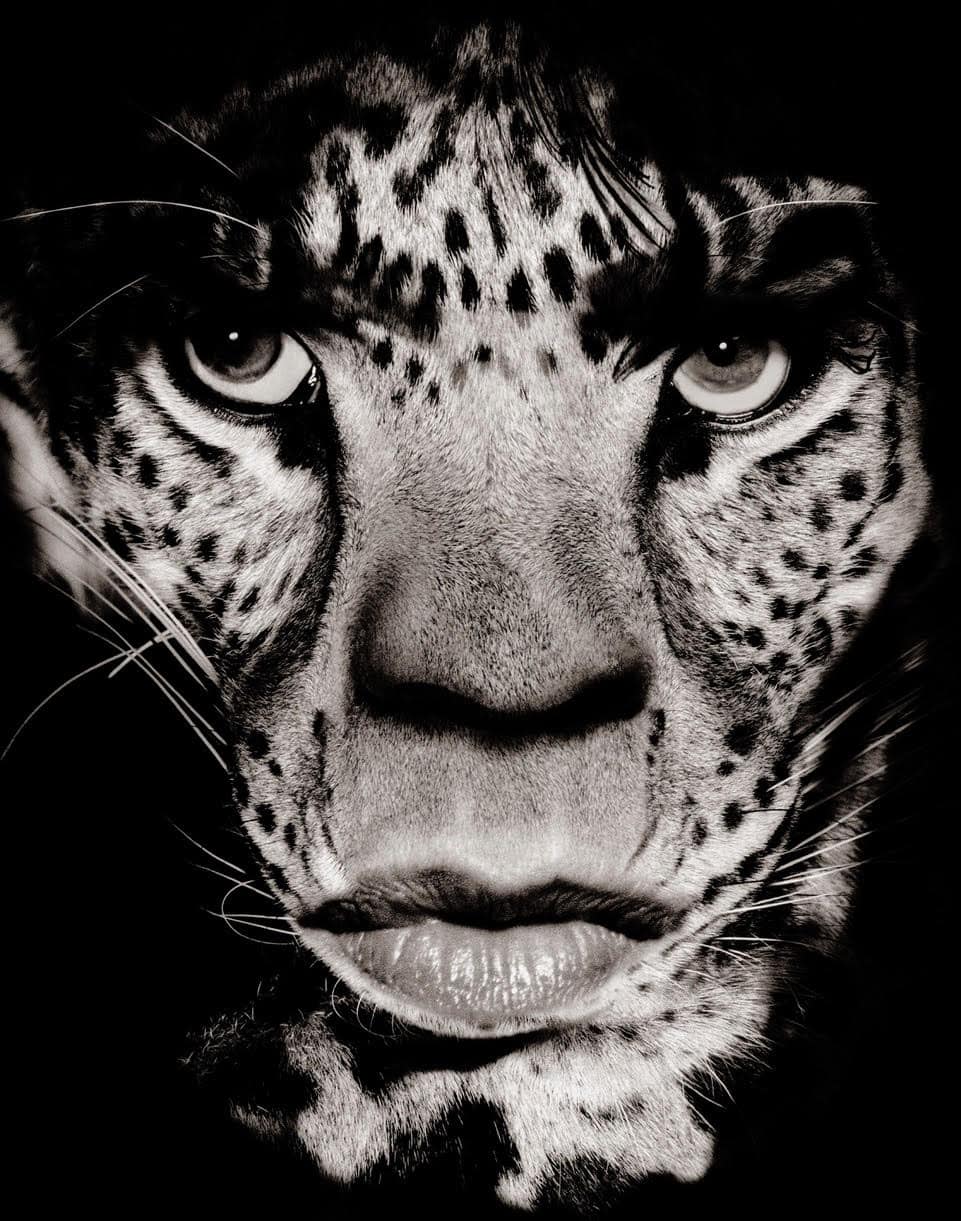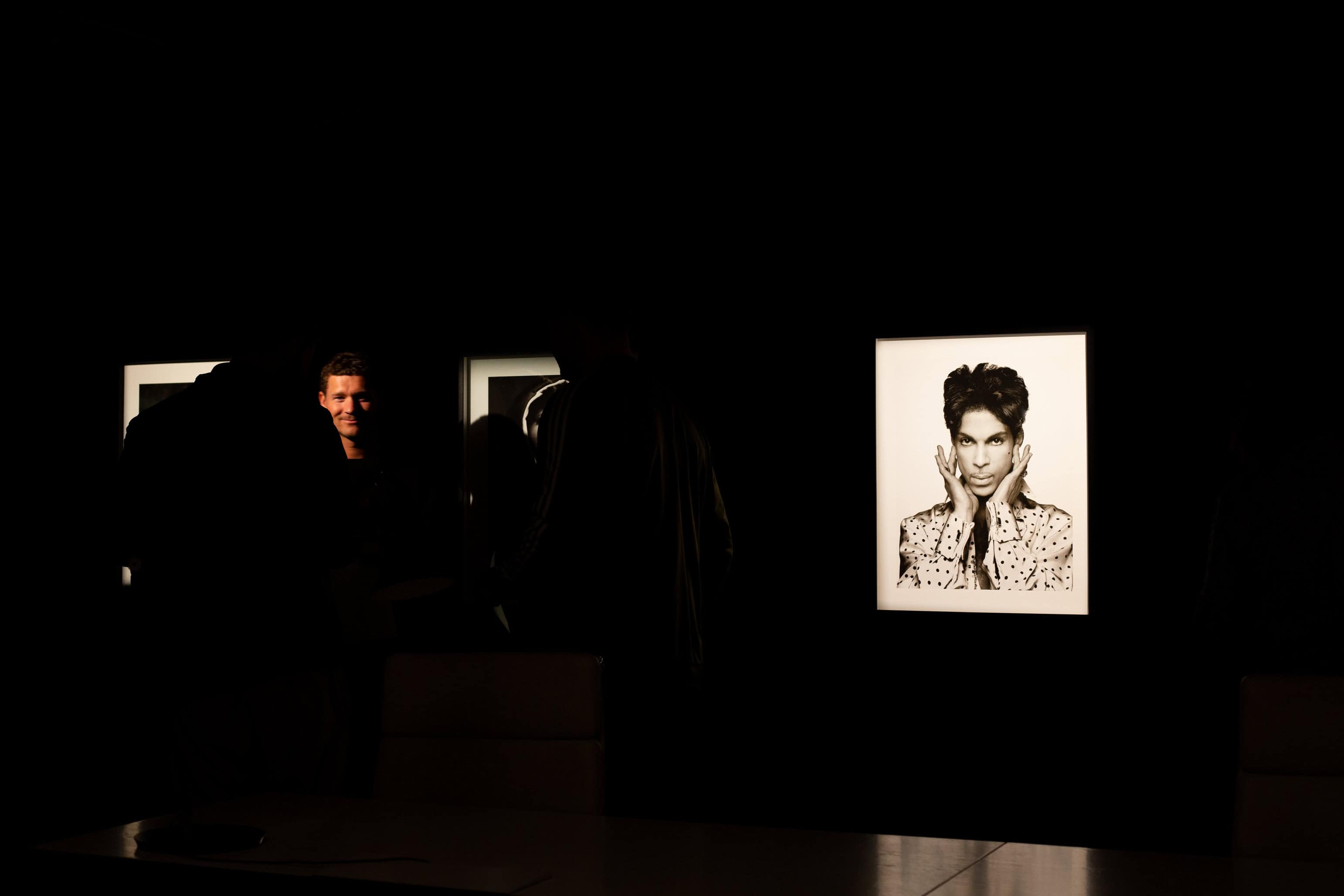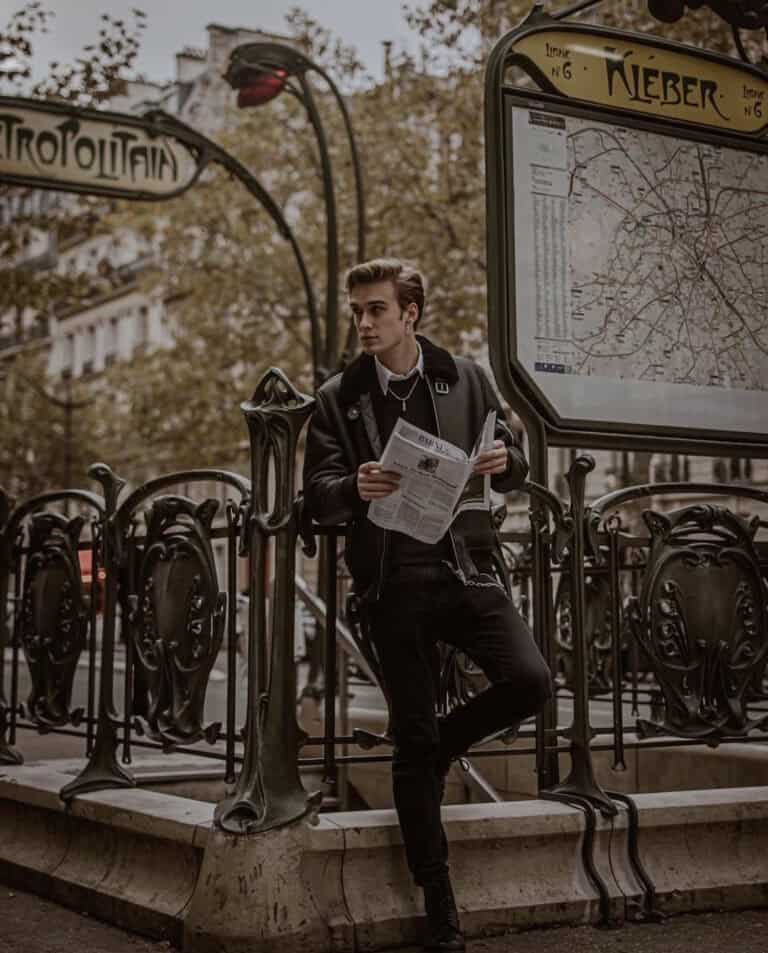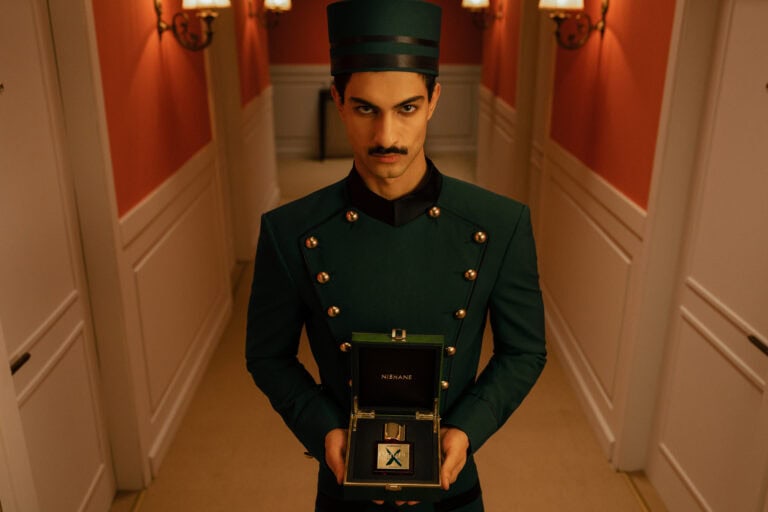
Interview with Albert Watson: Fashion has Stopped Moving
Solfrid Marie Skaret
Having shot over 100 covers for Vogue and 40 covers for Rolling Stone, created award-winning movie posters and captured countless influential personalities in iconic portraiture, Albert Watson (80) has established himself as a well-renowned name in the world of photography. In this exclusive conversation with IRK, Watson opens up about his perspective on the fashion industry, his experience working with celebrities, a notable meeting with Armani and his new exhibition Kaos at the FineArt gallery in Oslo.

“I did my first Vogue about 42 years ago, and I just did another one last week. Vogue has changed a lot. They never used to have celebrities on their covers, you know? The celebrity thing has taken over, and I find that a little bit strange,” Watson says while reflecting on his current work schedule, describing himself as ‘a busy man’. However, the Scot is no stranger to photographing celebrities, having worked with the likes of Alfred Hitchcock, Jack Nicholson, David Bowie, Michael Jackson, Kate Moss and Andy Warhol amongst others. Although: “I was never an Annie Leibowitz. I was never a celebrity photographer specifically,” he notes. Since starting his career as a photographer in the mid-70s, Watson has worked on a diverse variety of projects in art, fashion and landscape, as well as personal projects–including stills of Tutankhamon’s gloves and a series on space suits. In his own words, this has made him ‘more unusual than most photographers’ and he refuses to categorize himself. “In the 70s I was much more of a fashion photographer than I am now. I found a way to be successful in it, and did campaigns for magazines who would send me to everywhere from Paris to the Caribbean to do swimsuit shows and so on,” Watson says.
“Magazines today are more interested in fashion photographers as opposed to photographers who shoot fashion, and there’s a difference there. For me, the work of photographers is heavier. It’s more powerful, it has more weight. That doesn’t mean that it’s better than fashion photography, but to me pure fashion photography is sometimes too dependent on the model, the hair, the make-up and the styling like you decorate the model like a Christmas tree. I think nowadays fashion has really stopped moving,” he continues.

– In what way?
“Well, let’s put it this way. If you went to a discotheque in New York fifteen years ago and photographed the people, and did it again today you would find that a lot of young people are predominantly wearing the same thing now that they were then. Now, with this generation it’s not so much about music or fashion. They’re about technology. That’s the dominant thing today.”
A lot of show
“There’s a lot of show now, like the Met gala or something like that. The Met thing is completely fake where people wear outlandish outfits. Christmas tree outfits, you know. And then it’s all in the press. That has got nothing to do with people, and fashion used to have something to do with people,” Watson argues.
That said, the fashion industry has opened plenty of doors for the photographer, leading him to collaborate with important designers and models alike. His meeting with Giorgio Armani in 1978 left a notable impression on him.
“I was doing a story on Armani for a magazine, and at the time Armani had just done these amazing jackets that were based on a Japanese movie called Kagemusha by Kurosawa. They were like armor, couture-like and outrageous pieces of leather, and with them he did Japanese pants and Japanese shoes. He sent all the jackets to a hotel and I went up to the roof with the models that I had with me the day before the shooting and I put up a canvas there. I just wanted to make sure that on polaroids the jackets fitted the girls. I knew the baggy Japanese pants would fit them no problem, but I wanted to make sure the jackets did. They were the kind of jackets that you needed to be able to button. I took the polaroids of the girls in the jackets who were wearing torn jeans and regular shoes for the test shoot, and I thought it looked fabulous. When I went back in the evening to meet with Armani, I showed him the polaroids and said that the jackets fit and asked if there was any chance I could shoot the clothes with jeans, not the Japanese pants.” – And what did he say? “He said: ‘Mr. Watson, no absolutely not. This is Italy and jeans are an American thing.’ I said I just thought it would look great, and he said it was not the way to do it. Those words came out of Armani’s mouth. Now you think about Armani jeans. You know if I said to him: ‘Listen Mr. Armani, I bet you’re gonna make a lot of money from jeans in about forty years time when you start doing jeans shops everywhere.’ He would have said: ‘Never.’” – Fashion photography is like making a movie
In June 2015, Albert Watson was awarded an Order of the British Empire by Queen Elizabeth II for ‘services to photography’, however he first started working with graphic design. He originally trained as a graphic designer before moving on to do a master’s degree in film and television. First discovering his fascination for photography at a later point, he saw it as a strength to have such a diverse background. “I ended up with graphic design ability and directing ability because I came out of film school as a director. Fashion photography is like making a movie, and sometimes I deal with models in more of a director’s way rather than as a fashion photographer,” he says.

A diverse selection of his work is currently featured in his new exhibition Kaos in Oslo. “The idea of the ‘kaos’ is that I never settled down to just do one thing. Of course I did tons of fashion, but this exhibition also includes other projects. We had a book that we did with TASCHEN called Kaos, and we just thought it would be a good title for the show,” Watson explains.
Kaos is open for the public until June 4th.
Share this post



